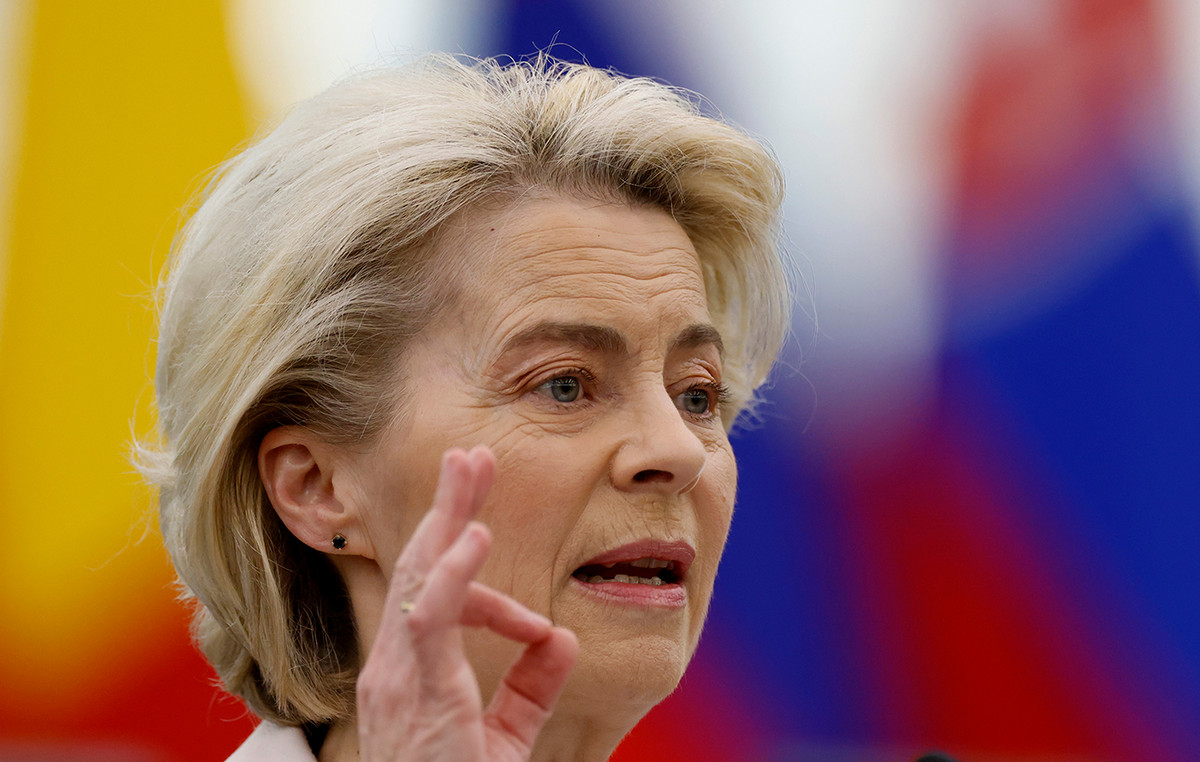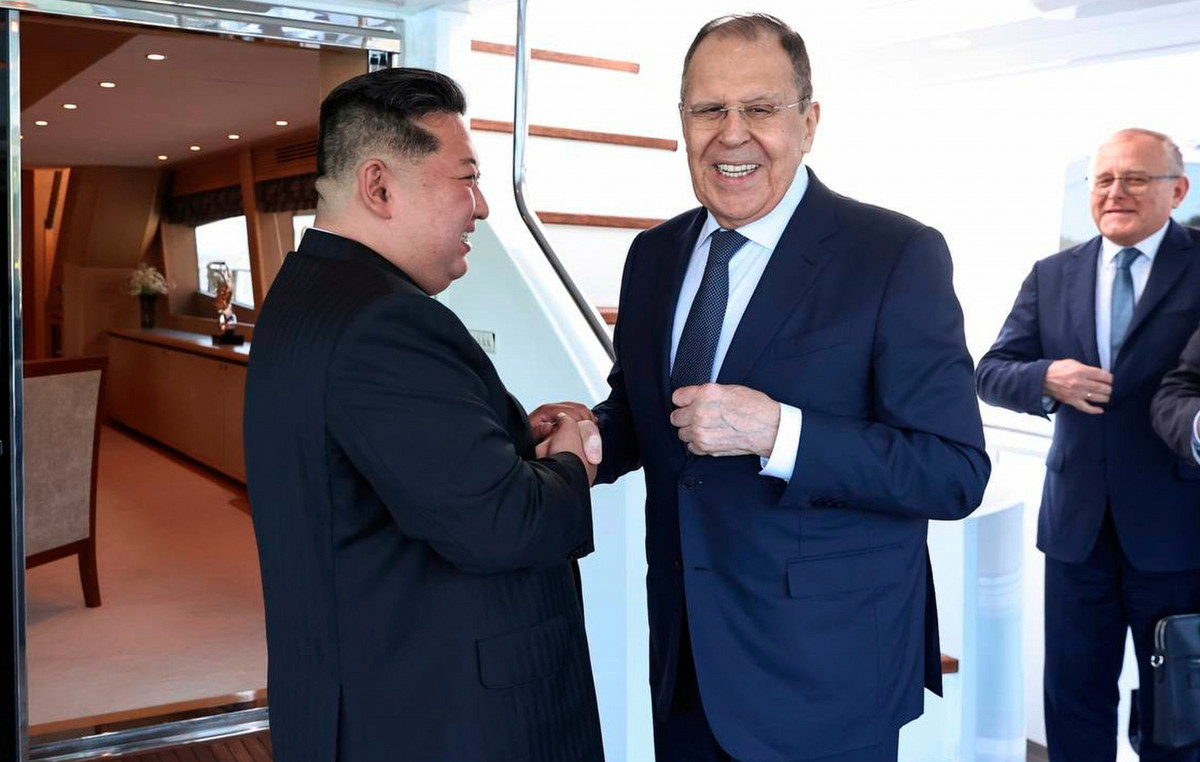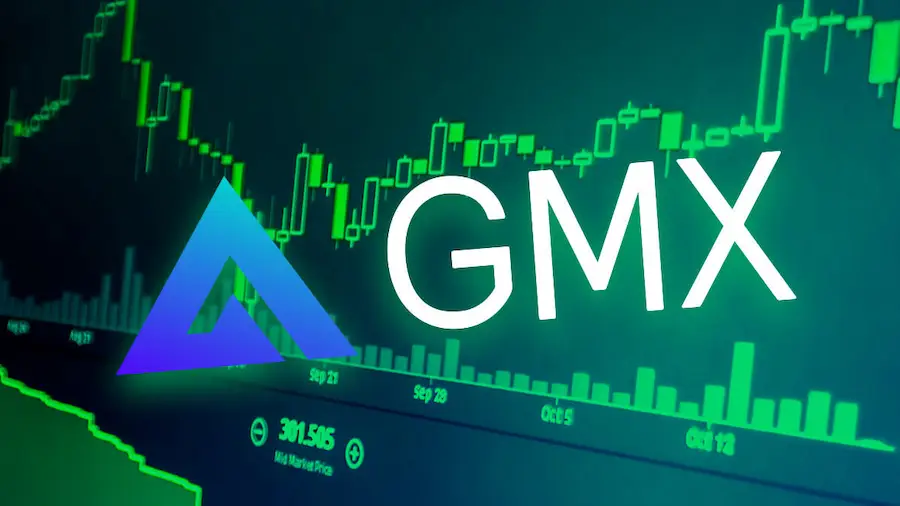Faced with mounting evidence that flexible US monetary policy contributed to last year’s jump in inflation, the US central bank now faces the risk of having jumped too high the other way with its plans to fight back pressures from prices through continued aggressive interest rate hikes, even as the world economy fluctuates.
Warning signs that a monetary policy overcorrection intensified as the Federal Reserve’s intention to “raise and hold” its benchmark rate touched off a global asset re-pricing — stocks and currencies fell and borrowing costs for governments and companies rose — , which some analysts fear has outstripped the Fed’s ability to assess the impact of its policies.
The current trajectory “will lead to intolerable economic and financial stress,” Michael Wilson, an equity analyst at Morgan Stanley, wrote on Sunday.
“The first question to ask is when does the dollar become a US problem” through global and market impacts that begin to influence the US economy and lead Fed officials to reassess the pace of their monetary tightening.
The Fed raised interest rates by 0.75 percentage points at its September meeting for the third time in a row, and indicated more large hikes this year.
So far, central bank officials insist that nothing in the global market has changed the game plan, even as analysts scrutinize every adverb in the officials’ public statements for signs that a lighter Fed could emerge at next month’s meeting.
The change in monetary policy this year has been the most dramatic in decades, with the Fed’s interest rate rising a full 3 percentage points to the current range of 3.00% to 3.25%.
While the Fed’s forecasts released last month showed the median of policymakers’ forecasts for a sharp rise again in November, the group was largely divided.
no escape
In interviews and public statements over the past week, however, Fed officials have presented detailed accounts of what they have misunderstood about inflation over the past two years — including mistakes in their monetary policy decisions — and their intention to correct it.
“Inflation is proving to be a lot more persistent than we thought it would be,” said Cleveland Fed President Loretta Mester.
The list of culprits is long and includes such things as unexpected shifts in people’s choices about what to buy and where to work, and the surprising inflexibility of US supply chains, over which the Fed has little influence.
But while these factors may have caused relative price changes, Fed officials now believe that it was the concerted evolution of monetary and fiscal policy over the past two years that created the most persistent rise in the price level that the Fed is now trying to contain.
Pandemic-era fiscal policy was intended to create a “bridge” to help families and businesses during the Covid-19 crisis. But the more than $5 trillion in payments, loans and other aid, with new stimulus still rolling out through spring 2021, created a world-class money wave that fueled purchases of goods and services that the economy tried hard to provide.
The Fed’s policy, geared towards fighting the pandemic and ensuring that US workers find jobs, remained lax during this period, with low interest rates intended to encourage spending until recently.
“The reason we saw (inflation) take root is because … we actually needed to raise our rates, or fiscal policy had to adjust to be less expansionary,” Mester said last week.
At the time, “there was a sense that the policy was not so expansionist, because there was a huge shock from the pandemic. One thing we’ve learned is that the economy is actually a lot more resilient than people thought.”
Problem
The Fed now faces a problem: how long to wait for evidence that inflation, which is now at more than three times the central bank’s target, is falling before adjusting to the pace of borrowing cost increases or even the full stop. of the basic interest rate.
Those worried about the torrid and insistent pace of base rate adjustments argue that inflation is about to turn around, and that continued aggressive rate hikes risk pushing the US economy into higher-than-necessary unemployment — the unemployment rate. it currently stands at 3.7%– and slower growth than necessary.
“I’m not sure they need to be as aggressive as they think they need to be,” said Ian Shepherdson, chief economist at Pantheon Macroeconomics and an advocate of the view that much of the recent rise in prices can be derived from rising profit margins that, in his view, will quickly reverse as demand declines.
That’s an argument that Fed Vice Chair Lael Brainard also mentioned in a recent article, where she suggests that falling profit margins could “make an important contribution to reducing price pressures.”
“We have the ability and the responsibility to keep inflation expectations anchored and price stability,” she said. “We’re in it for as long as it takes to bring inflation down.”
Source: CNN Brasil
Joe Jameson, a technology journalist with over 2 years of experience, writes for top online news websites. Specializing in the field of technology, Joe provides insights into the latest advancements in the industry. Currently, he contributes to covering the world stock market.







